Mobile phones in the modern world have evolved into much more than devices for wireless communication with our friends and family. They are windows to the world outside and carriers of our memories in the form of photos, videos, and chat histories.
All that information is obviously precious to us, and we wouldn’t ideally want it to slip into the hands of anyone we don’t want to share it with.
But security holes on the Internet make it difficult to Protect Personal data in USA on our phones and laptops safe from hackers or any other party who may be interested in it.
Public Wi-Fi hotspots are the most vulnerable to attacks by hackers in USA. You can never be sure if your personal data will remain intact and uncompromised the next time you are on a public Wi-Fi, unless you understand the nature of the risks well and are careful in just the right amount.
This blog focuses on some actions you can take for stronger protection of your data while you are on a public Wi-Fi, enjoying coffee at your local café.
Why is Public Wi-Fi Unsecure to Protect Personal Data in USA?
The answer is quite obvious, isn’t it?
The thing with public Wi-Fi is that, to make it accessible for everyone, it usually either has no password protection in USA, or you can simply ask staff in the place you are sitting in for the password.
A hacker can much more easily snoop on your data and invade on your privacy when they are connected to the same network as you.
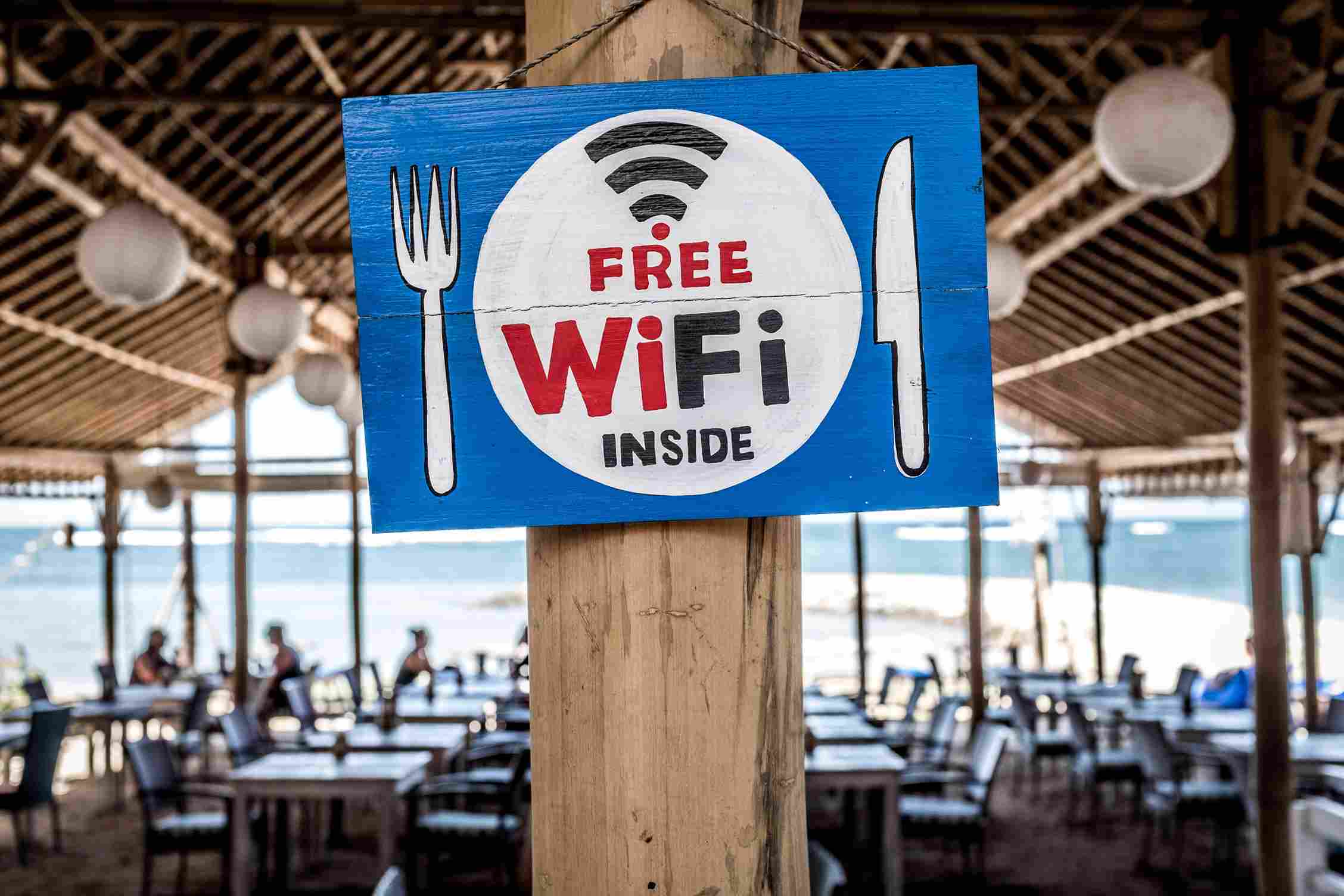
Photo by Bernard Hermant on Unsplash
A common belief is that if the Wi-Fi is using WPA2 as the encryption standard, then users can count on it to keep away potential hackers.
That isn’t entirely the case, unfortunately. To be sure, WPA2 indeed is a strong encryption protocol, but only in the case when a hacker tries to compromise your security from outside of the Wi-Fi. That is to say, if they are using the same network as you, then even strong encryptions can’t do much good.
Your risk of getting eavesdropped increases considerably if you are exchanging information through websites that aren’t equipped with SSL (Secure Sockets Layer), a security standard that encrypts information before it leaves a browser to the destination server.
Tl;dr: Public Wi-Fi is really not secure enough to be exchanging information through.
Actions to take for Protect Personal data in USA on Public Wi-Fi
So, should you avoid using public Wi-Fi in USA altogether?
Not necessarily. I’ll go over a few tips that can enhance and protect personal data in USA considerably. Follow these and you should be safe on public hotspots (unless you just happen to be really unlucky).
1. Use a VPN
One of the best measures you can take for guarding your privacy on Wi-Fi is to use a strong VPN provider like ExpressVPN. VPNs cover your data in an envelope of encryption before it reaches the ISP’s server. In this case ExpressVPN has proven to be the best VPN to provide you online security and encryption, as we discussed in ExpressVPN review in USA.
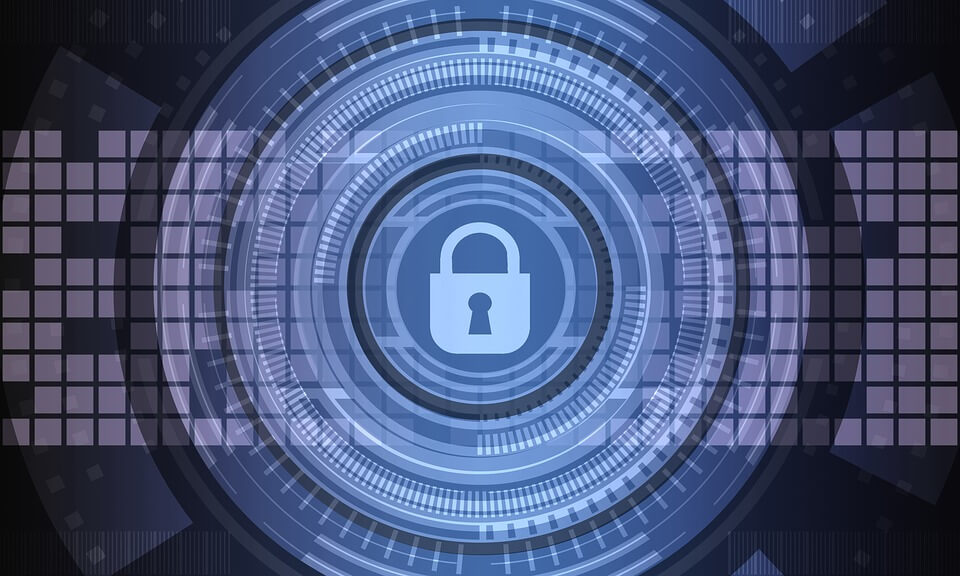
This means that if a sneaky guy is waiting for you to connect to a public Wi-Fi so he can steal your data in USA, he will be completely stupefied when he sees what appears to him to be utter gibberish. The sweet magic of cryptography!
2. Avoid HTTP-only websites
HTTP is an older protocol that lacks the encryption which is an essential part of the modern and updated HTTPS. Most safe and reliable websites today HTTPS, although it is still possible to connect to these website using their HTTP versions.
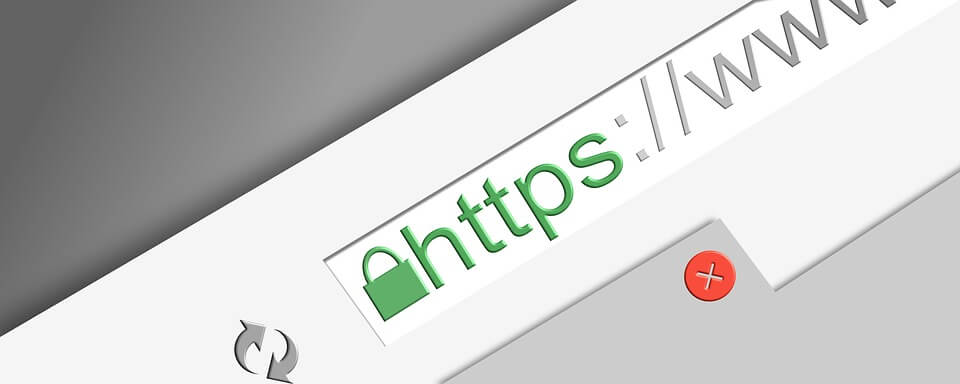
To check if you are on the HTTPS version of a website in USA check if the URL starts with HTTP or HTTPS. Another sign is the closed padlock symbol that appears just before the URL. Make it a habit to look for these signs whenever you are on a website.
You might not even realize how many privacy threats you can avoid by following this simple tip in USA.
3. Be Wary of Bogus Hotspots
One approach that hackers are quite fond of is the setting up of a fake hotspot in the vicinity of a legitimate public Wi-Fi, bearing the exact same name. Connecting to this hotspot can be virtual suicide, as all your online traffic would then be routed through the network set up by the hacker in USA.
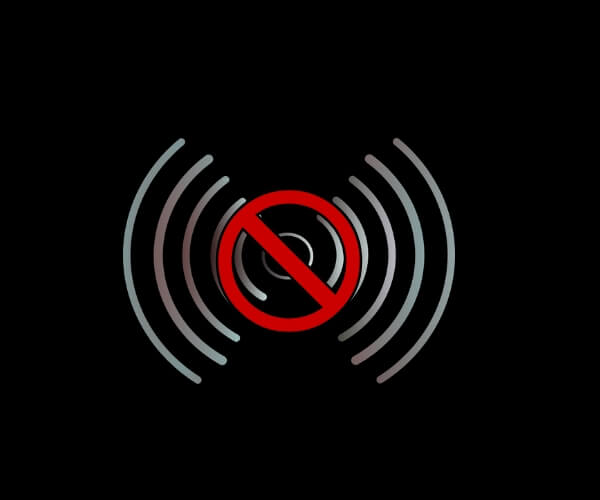
So, if you ever see a two available networks with the exact same or similar names, it would be best to avoid using any of them, as you can never be sure which one of them is legitimate.
Better safe than sorry.
4. Disable Automatic Wi-Fi Connection
None of these tips can save you if your mobile device is set to automatically connect to a Wi-Fi as soon as it detects one nearby. I know that technology has made us lazier, but laziness can have a cost if your phone finds a hacker-ridden Wi-Fi.
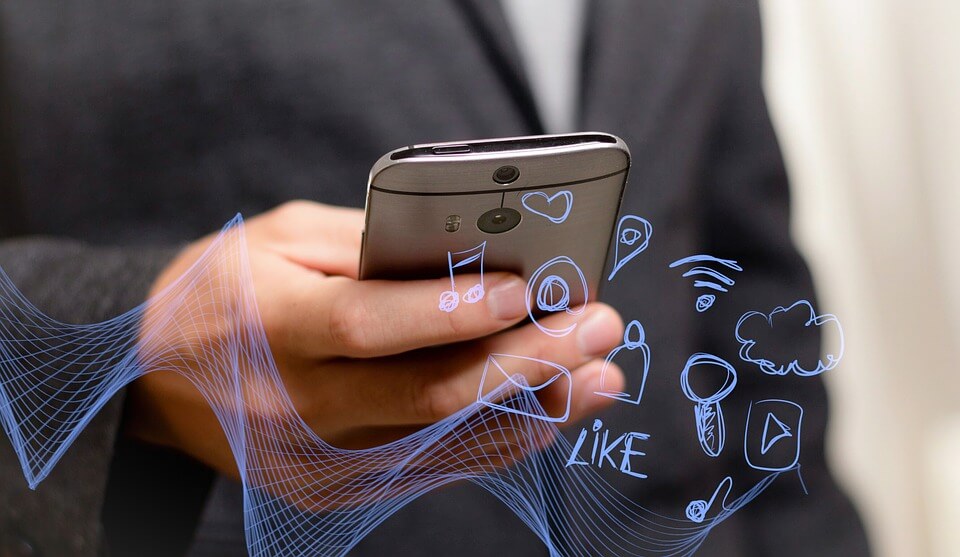
So, keep your Wi-Fi disabled until you want to actually access one in USA. And once you do decide to connect, perform all the actions I have highlighted above and keep these tips in mind before proceeding. You’ll never have a chance to thank me for these tips, because you’ll never know how many attacks you have avoided by following these.
It is only when you become a victim of a cyber-attack that you realize that you should have been more cautious, because these hackers never rest easy in USA. Moreover, learn here .
Final Thoughts
Knowing how to protect personal data in USA on public Wi-Fi is essential in the attack-prone digital world of today. I hope you’ll take more care keeping yourself guarded on public Wi-Fi in the future by applying the tips highlighted here.
Stay safe and enjoy public Wi-Fi.

Excellent post. I used to be checking constantly this blog and I am impressed!
Extremely useful information particularly the closing section 🙂 I handle such info much.
I used to be seeking this certain info for a very lengthy time.
Thank you and good luck.
Glad you enjoyed our article.
Cheers.